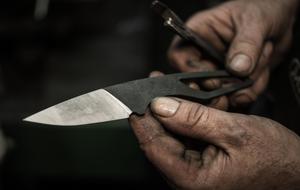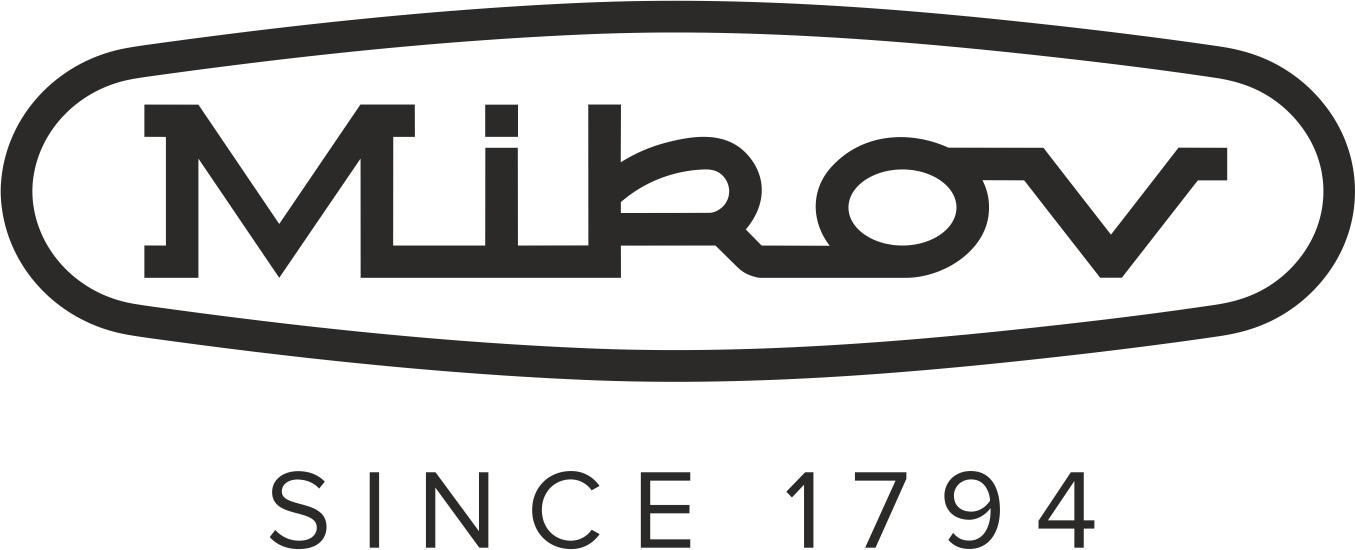Is the assumption “the Harder the Steel the Better the Knife” always valid?
8. května 2019
It is, but not entirely. The quality of the knife is derived mainly from its blade. In order for the blade to last, and the knife not to dull or break quickly, the material must not only be hard but also tough - that is to say, resistant to plastic and elastic deformation.

When it comes to steel, both of these characteristics depend on many factors. First of all, it is its chemical composition, but also the method of melting the raw materials, forging or rolling, and finally - heat treatment (quenching and tempering).
The hardness of the materials can be measured in different ways. For knives, Rockwell measurements are usually used and are referred to as HRC (A and B are used to measure softer materials). Hardness is measured by inserting a diamond cone into the material. A force of 1471 N must be used, and subsequently, the depth of the indentation is measured. For example, in brochures and promotional materials for knives, we read that the steel knife has a hardness of 57 HRC.
It would seem that the harder the knife, the better. But this is not the case - for some knives, it is unnecessary and undesirable. In addition, very hard materials have a toughness problem. Therefore, the hardness figure itself (eg HRC 60) does not guarantee that it is a knife of high quality. It can also be a brittle knife, which can be very hard to sharpen.
And what kind of steel does Mikov use? For example, stainless steel 420 (HRC 52-55) for folding knives Stovka, hunting knives Fixir, martensitic stainless steel DIN 1.4116 (HRC 55) for kitchen knives Ruby, damask steel (HRC 57-60) and steel RWL 34 (HTC 57-60 ) for the Predator and Jaguar knives, and finally the N690 steel from Bohler (HRC 57-60) for List, Patron, Pocket or Predator Stonewash or Predator Blackout.
